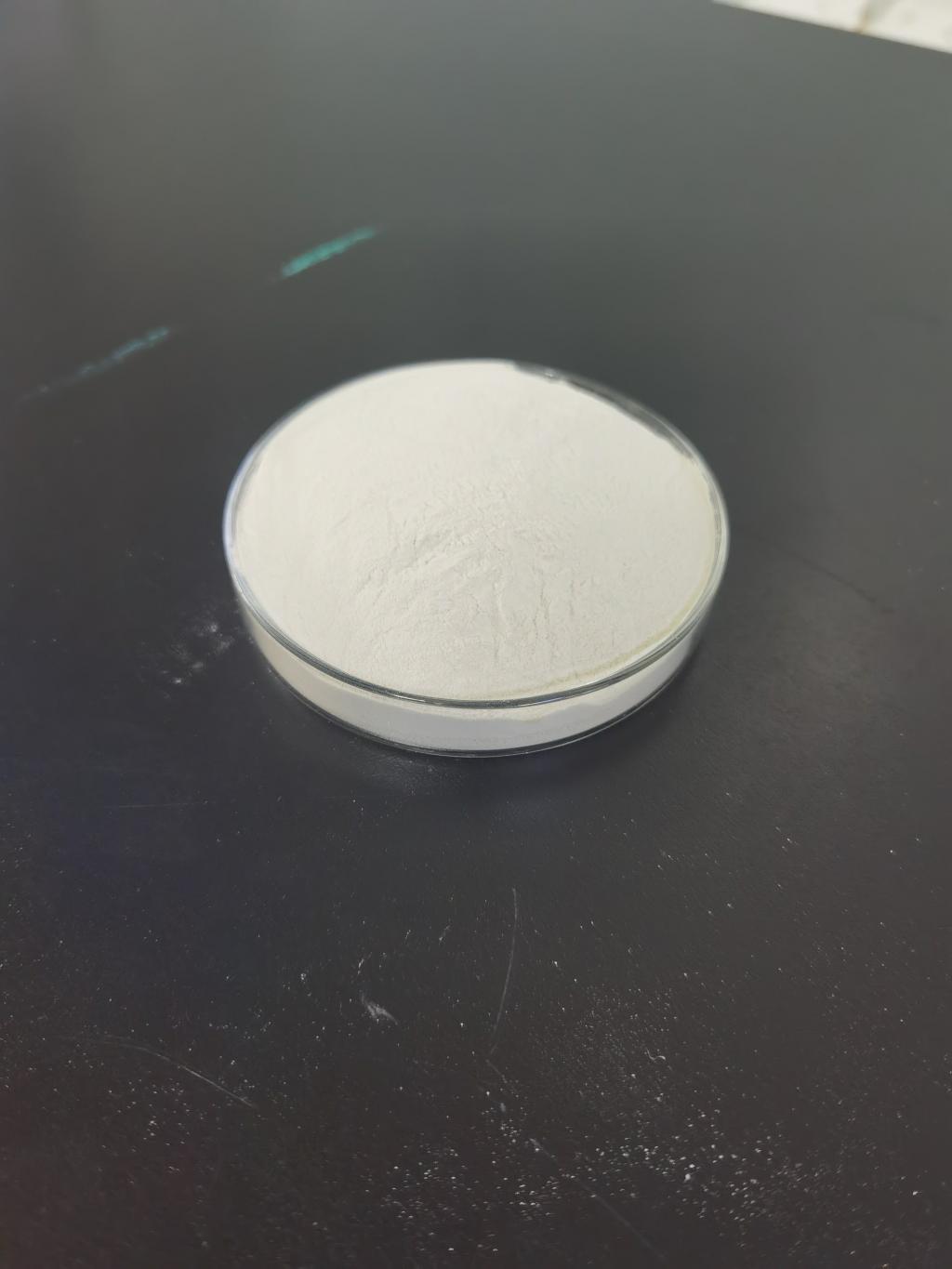Tel:+8618231198596

News
 CONTACT
CONTACT
 CONTACT
CONTACT
- Linkman:Linda Yao
- Tel: +8618231198596
- Email:linda.yao@dcpharma.cn
- Linkman:CHARLES.WANG
- Department:Overseas
- Tel: 0086 0311-85537378 0086 0311-85539701
News
Nisin is recognized as safe by global regulatory bodies.
TIME:2024-03-21
Regulatory Status of Nisin:
Nisin has undergone rigorous evaluation by regulatory agencies worldwide to ensure its safety for use in food and agricultural applications. It has been approved as a food additive and preservative by regulatory bodies such as the U.S. Food and Drug Administration (FDA), the European Food Safety Authority (EFSA), the Joint FAO/WHO Expert Committee on Food Additives (JECFA), and others.
These regulatory approvals are based on comprehensive reviews of scientific data, including studies on nisin's toxicity, stability, and efficacy. Nisin is typically assigned an acceptable daily intake (ADI) or maximum residue limit (MRL), which defines the safe level of exposure for consumers and ensures that its use does not pose undue health risks.
Toxicological Assessments:
Numerous studies have been conducted to assess the safety of nisin for human consumption. These studies encompass various aspects of toxicology, including acute and chronic toxicity, genotoxicity, carcinogenicity, and reproductive and developmental toxicity. The overwhelming consensus from these studies is that nisin is safe for human consumption at the levels typically used in food and agricultural applications.
Acute toxicity studies have demonstrated that nisin has low oral toxicity, with high doses producing no adverse effects in animals. Chronic toxicity studies, which involve prolonged exposure to nisin, have similarly shown no evidence of harmful effects. Additionally, genotoxicity studies have found no mutagenic or DNA-damaging properties associated with nisin.
Furthermore, carcinogenicity studies have shown that nisin does not possess carcinogenic potential, even at doses far exceeding typical dietary exposure levels. Studies on reproductive and developmental toxicity have also failed to identify any adverse effects on fertility, pregnancy outcomes, or offspring development.
Safety in Food and Agricultural Applications:
The safety of nisin extends beyond its use as a food additive to its application in agriculture. In agriculture, nisin-based products are used as natural alternatives to chemical pesticides and preservatives, helping to reduce chemical residues in food products and minimize environmental impacts.
Nisin's safety profile makes it an attractive option for controlling bacterial pathogens in agricultural settings without posing risks to human health or the environment. Its mechanism of action, which involves targeting bacterial cell membranes, is highly specific and minimizes the risk of off-target effects.
Moreover, the use of nisin in food processing has been shown to improve food safety by inhibiting the growth of foodborne pathogens such as Listeria monocytogenes and Clostridium botulinum. Its broad-spectrum antimicrobial activity and compatibility with a wide range of food products make it a versatile tool for enhancing the microbial stability and shelf life of foods.
Global Acceptance and Market Trends:
The global acceptance of nisin as a safe antimicrobial agent is reflected in its widespread use across various industries, including food and agriculture. Nisin-based products are commercially available in the form of preservatives, antimicrobial coatings, and biopesticides, catering to the diverse needs of food manufacturers, farmers, and consumers.
In recent years, there has been a growing trend towards the adoption of natural and sustainable food ingredients, driven by consumer demand for clean-label products and environmentally friendly practices. Nisin, with its natural origin and proven safety, aligns well with these trends and is poised for continued growth in the global market.
Conclusion:
Nisin stands as a shining example of a natural antimicrobial agent that has earned the trust and approval of regulatory bodies worldwide. Its safety profile, supported by extensive toxicological assessments and regulatory approvals, underscores its suitability for use in food and agricultural applications.
As concerns about food safety, chemical residues, and environmental sustainability continue to drive market preferences, the demand for safe and natural preservatives like nisin is expected to rise. By leveraging the safety and efficacy of nisin, food manufacturers and agricultural producers can meet consumer expectations for high-quality, sustainable products while ensuring the safety and integrity of the food supply chain.
- Tel:+8618231198596
- Whatsapp:18231198596
- Chat With Skype







